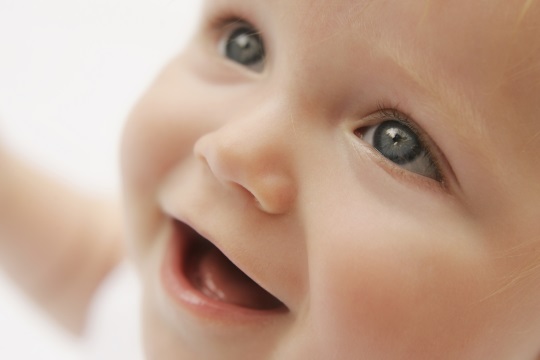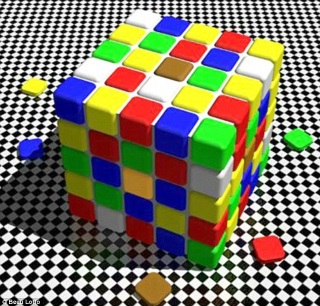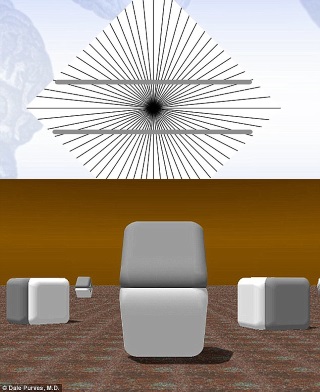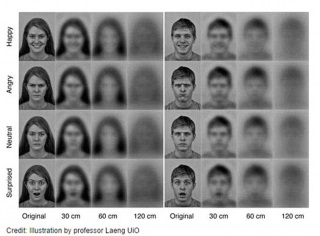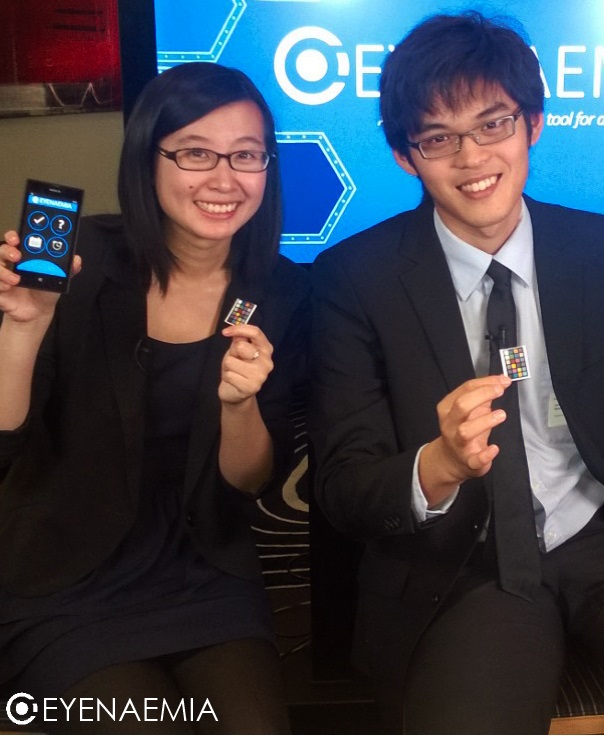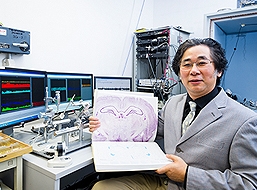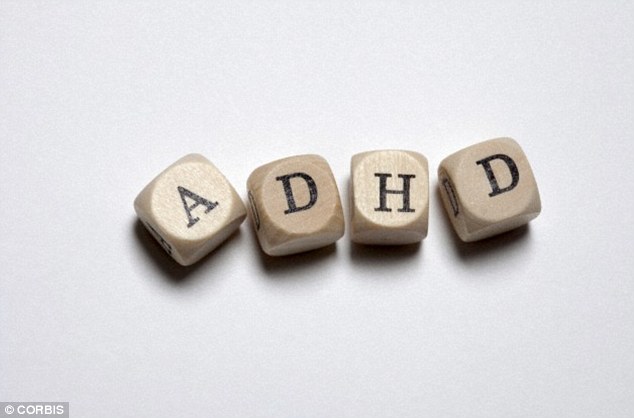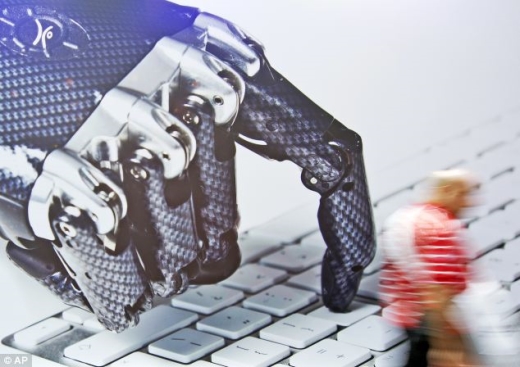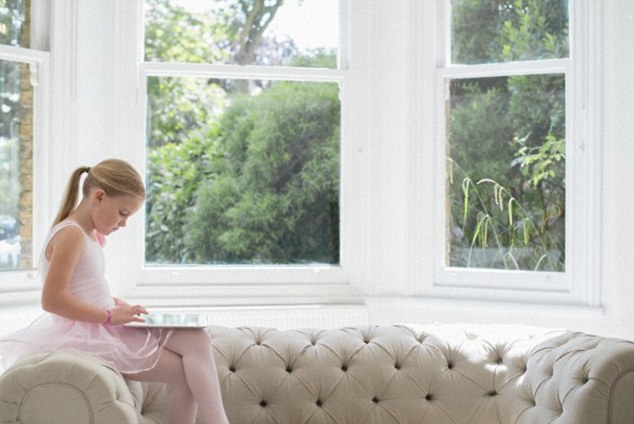Babies are Born with SUPER VISION
Babies have the remarkable ability to see things that are invisible to adults.
At around three to four months-old, they are able to recognise the fine-details of objects - even when they see them in different contexts. As adults, we lose this relatively simple skill as our brains attempt rapidly make sense of the world around us. Now, a study by a team in Japan has revealed just how differently babies see the world compared their parents. Humans, at around the age of five months, are all susceptible to something known as 'perceptual constancy.'
This refers to the tendency to perceive an object you are familiar with as having a constant shape, size, colour and brightness, despite the stimuli changes that occur. To test this, take a look at the grey blocks. How much would you bet that they are different shades of grey? It seems obvious that they are not the same, but place one finger along the centre of the line blocking the darker and lighter parts, and your eyes will begin to tell the truth. The two blocks are, in fact, the exact same colour and only appear different due to the effect of the darker and lighter shading across the middle. Our perception of how colours are affected by bright light compared with shade causes us to perceive the two blocks as different.
Jiale Yang, of Chuo University in Japan explains humans evolved these shortcuts to help them understand what they see in the natural world. The biggest clue that this is an evolutionary trait is the fact that babies are not born with perceptual constancy, but develop it over several months after birth, according to a report in Scientific American Up until five months, babies see differences so that they can recognise the same object in different environments. Yang highlights an image of three snails that look similar to one another. The left and middle snails look nearly identical to adults, but in reality there are huge differences in terms of their pixel intensity. In a study published in Current Biology, Yang found the opposite response for infants of up to 3-4 months of age. Her team looked at how long 42 babies, aged 3 to 8 months, looked at pairs of images of from real 3D objects. Babies tend to look at something longer if it's an object they haven't seen before. The researchers in Japan used this as a premise to find out if a baby could recognise an object in different contexts. The results should that three to four-month-old babies have a 'striking ability' to see image differences.
However, scientists believe they lose this skill around the age of five months. Previous research by University of Oslo University has found an infant of two to three days can perceive faces, and perhaps also emotional facial expressions, at a distance of 30cm. This corresponds to the distance between a mother and her nursing baby. And while they may not be able to talk, babies as young as seven months are able to subconsciously recognise fear in someone's eyes, another study claims. Infants can read human expressions by looking at the whites of the eyes - or sclerae - in split seconds. They seem to react more in response to fear, than happiness, according scientists from the Max Planck Institute for Human Cognitive and Brain Sciences in Leipzig. Written By Ellie Zolfaharifard Retrieved From:
|
|





